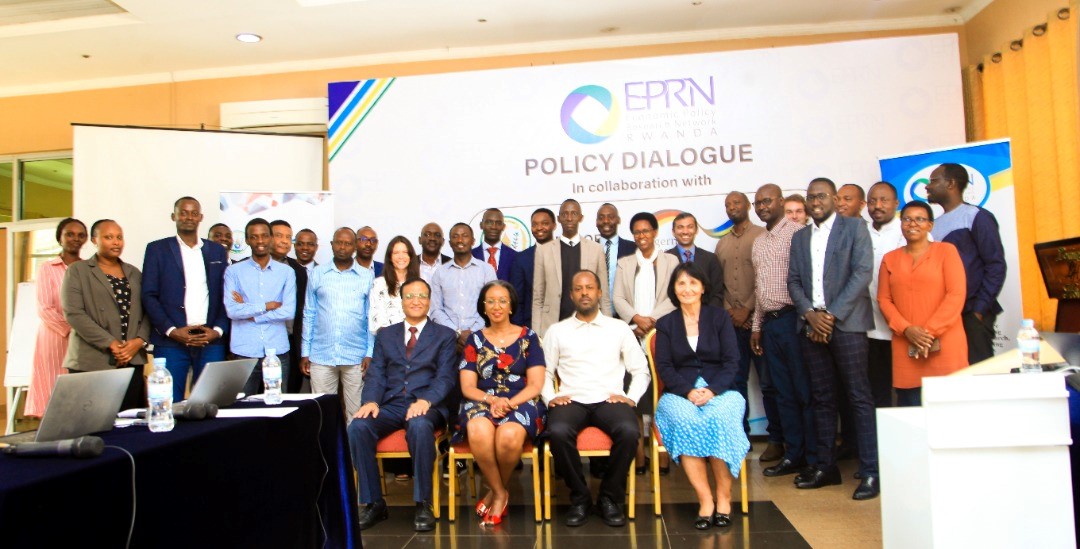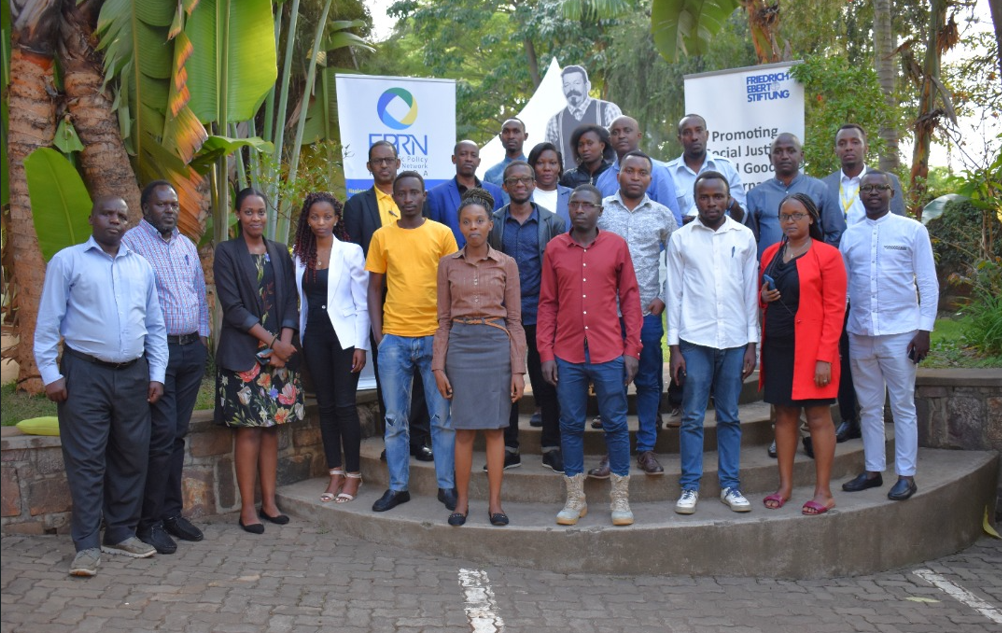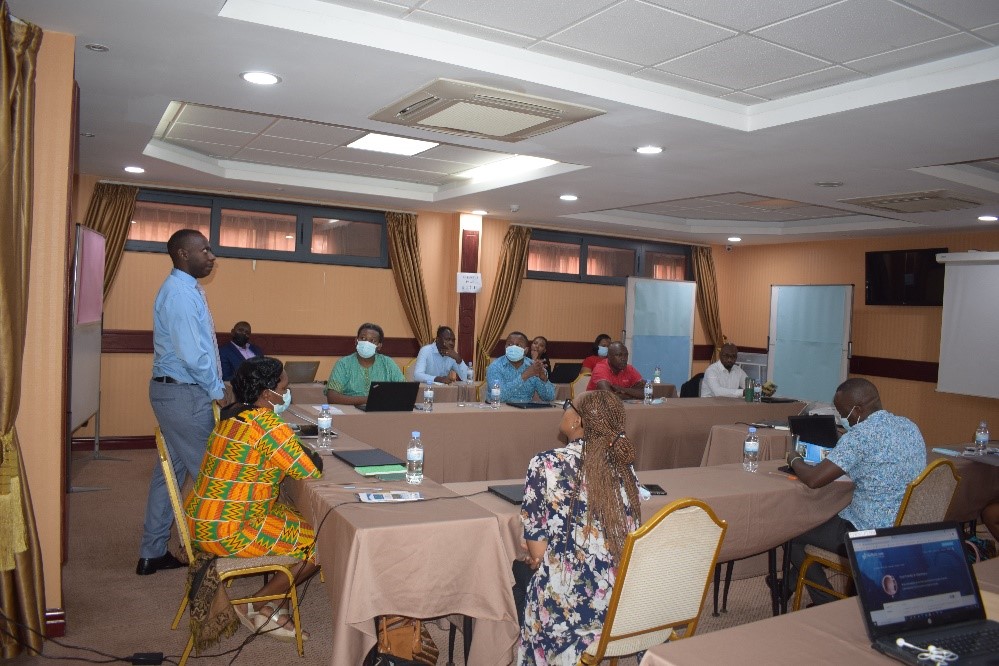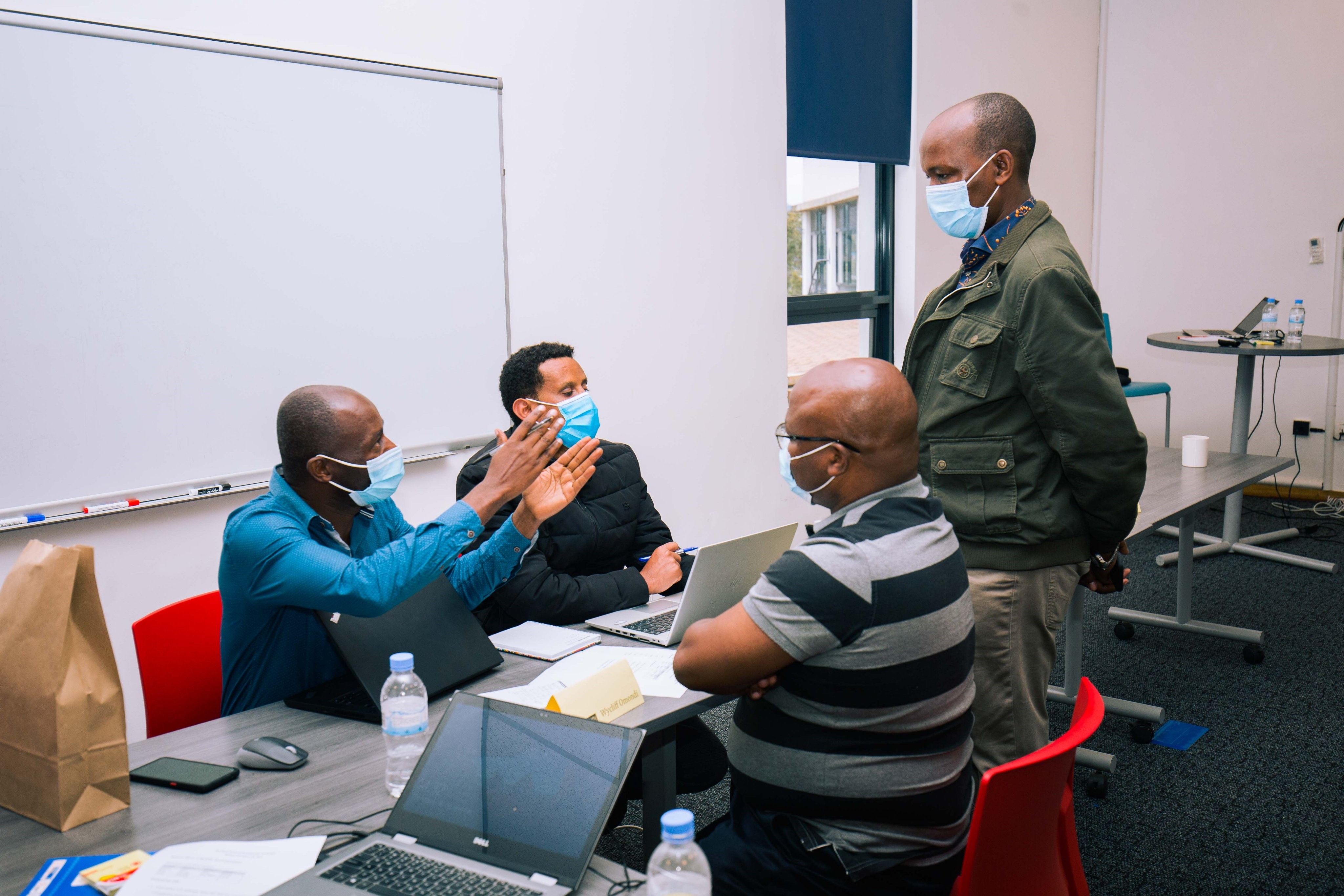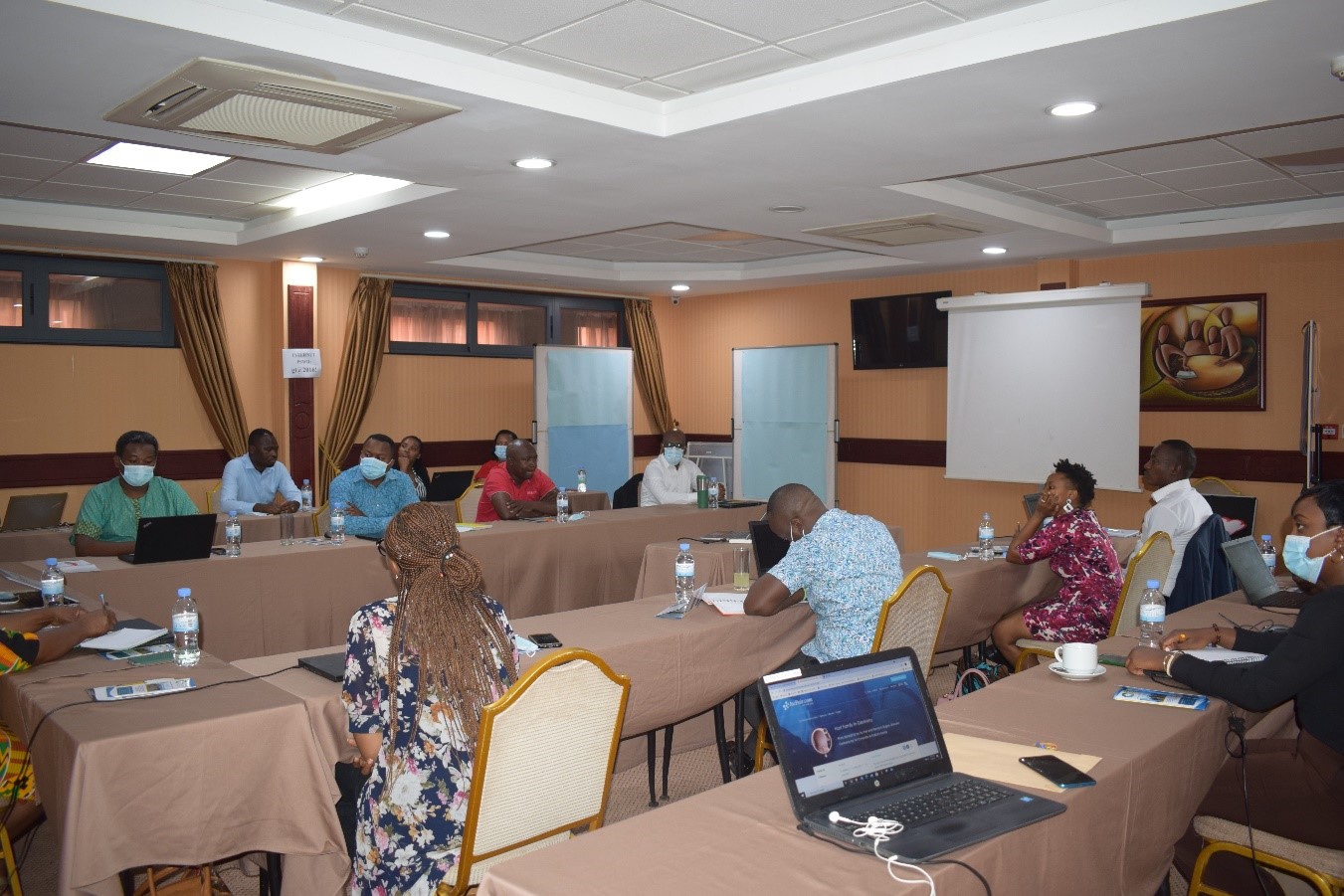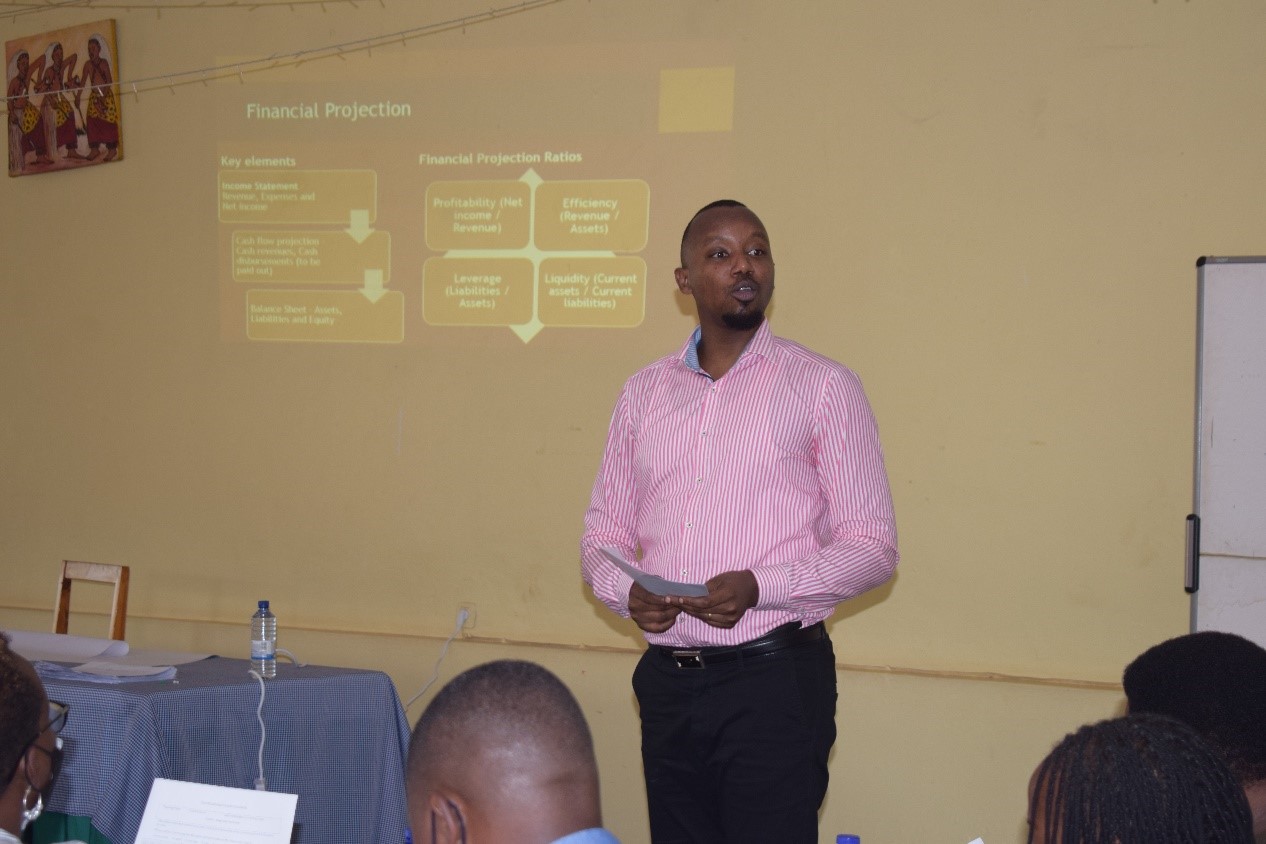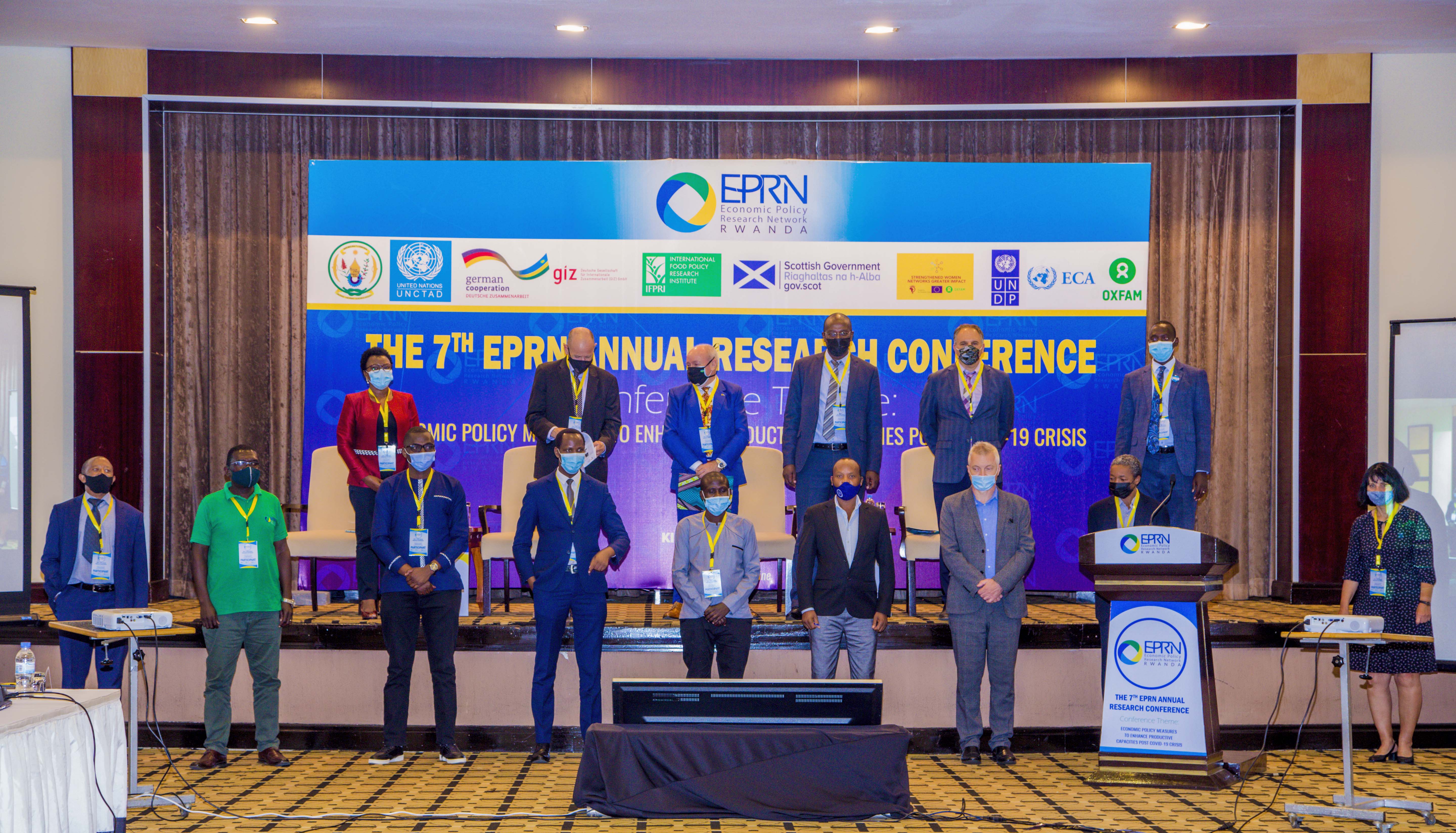Closing the Poor-rich Gap in Contraceptive Use : Evidence from Rwanda
Dr. Dieudonne Ndaruhuye Muhoza
Rwanda has made impressive increase in population growth control during the last decade. The Contraceptive Prevalence Rate (CPR) rose threefold from 17% in 2005 to 52% in 2010 and 53% in 2014. Contraceptive uptake was recorded more among poor populations than among rich and among rural than among urban residents. As result, the poor-rich gap in family planning evolved in convergence. This paper investigates the pathways through which the narrowing contraceptive gap is occurring. More specifically, the research examines the extent to which the differences in trends are associated with the differences in demand for children and/or the differences in family planning services in terms of types of contraceptive methods used and sources of supply. Understanding these mechanisms is essential for both family planning providers and policy makers in Rwanda to evaluate the ongoing program and take the best way towards a sustainable population growth control. It is also useful for other countries to improve their family planning programs.
The study uses a polled dataset from the 2005, 2010, and 2014 DHS datasets. Descriptive statistics and Multivariate analysis are used to describe the trends and assess the change of overtime. Results indicate that the convergence in contraceptive use is associated with higher decline in desired fertility and higher uptake of long acting methods among the poor. The Community Health Worker service would have played an important role in the uptake among the poor population. The study suggests that the increase in contraceptive use among poor requires specific strategies in accordance to the local culture, a strategy that will respond to their requests and aspirations.
Doc 1




